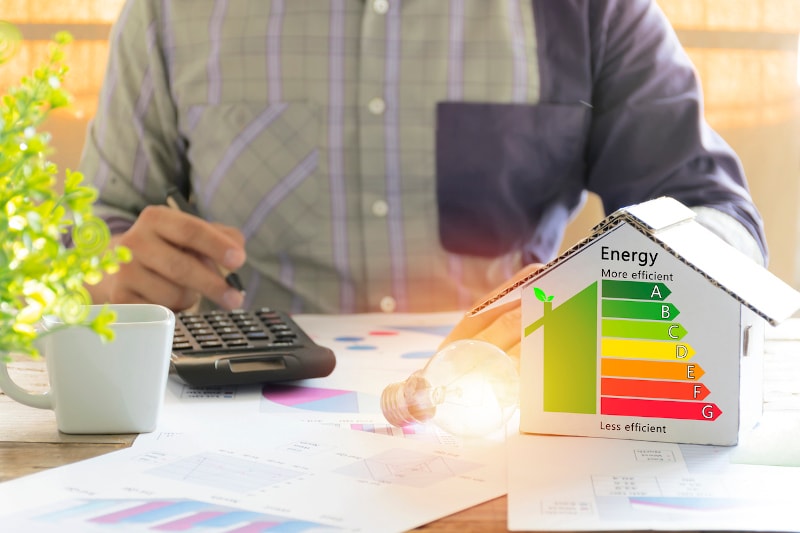When it comes time to replace your Hilton Head, SC air conditioner, you’ll want to reduce your costs and energy usage as much as possible. Think about exploring variable speed fans and two-stage compressors for the following reasons.
How Traditional Single-Stage Systems Work
Your air conditioner works by drawing air into the system and then pushing it back out with the circulating fan. The refrigerant absorbs heat from the air at the evaporator coil. The compressor drives up the pressure to increase the heat in the outside unit, allowing it to vent the heat.
With a basic system, you have a single-stage compressor and a single fan speed. This means that the system is running on high all the time. Just like other appliances, the higher the speed of the system, the more energy it uses. Therefore, making the system more efficient means providing additional options that run lower than the standard high speed.
How Do Variable Speed Fans Work?
A variable speed fan can spin at different speeds, based on the needs of your home. Some systems have two or three preset speeds, while others have customizable speeds controlled by the system’s sensors. This allows the system to circulate less air at a time, extending the cooling cycle.
This seems a little counterintuitive, being there’s a lot of discussion about preventing unusually long cycles. However, reducing the speed exponentially reduces the energy consumed by the fan. Therefore, you still reduce energy consumption, even with longer cooling cycles.
The Basics of Compressors
Just like a fan, the less the compressor has to strain, the less energy it uses. The compressor increases the pressure of the refrigerant, working to raise the temperature above the air temperature outside.
The goal of a single-stage compressor is to remove as much heat as possible with each pass. This makes the refrigerant cold inside to absorb as much heat from the circulating air as possible. This approach is great when you’re first working to cool down your home.
However, it’s overkill when you’re simply trying to maintain your home’s temperature. This is what causes the system to run for 10 to 15 minutes, blasting cold air before shutting down.
The Science Behind a Two-Stage Compressor
With a two-stage compressor, the first stage doesn’t build as much pressure as the second one. It prevents the evaporator coil from getting as cold, reducing how much heat it absorbs all at once. Again, this seems counterintuitive, so you might think it would be better to absorb more heat at a time.
Just like the variable speed fan, the less the system has to strain, the less energy it consumes. You can have a variable speed fan without a two-stage compressor. However, all systems with two-stage compressors require a variable speed fan.
Improved Humidity Control
Your air conditioner removes humidity from the air by condensing it on the cold evaporator coils. The colder the coils, the more moisture they’ll condense for the same amount of air moving through.
However, when you slow down the fan, you actually increase the volume of air moving through the system. While it pulls less air through at a time, it increases the total airflow due to the longer cooling cycle. With more total air flowing, you increase the total humidity condensed.
Improved Air Quality
In addition to reducing the humidity, circulating more air also means more air moving through the air filter. This further removes airborne particulates, in addition to excess humidity, improving your air quality.
Better air quality means your system doesn’t strain as much to cool your home. Additionally, it reduces the wear on the system, maintaining efficiency and reducing the number of AC repairs.
Make sure you don’t pay more for your air conditioning this summer than necessary. Call to schedule your AC installation consultation with the experts at Byrd Heating and Air Conditioning today.
Image provided by iStock

